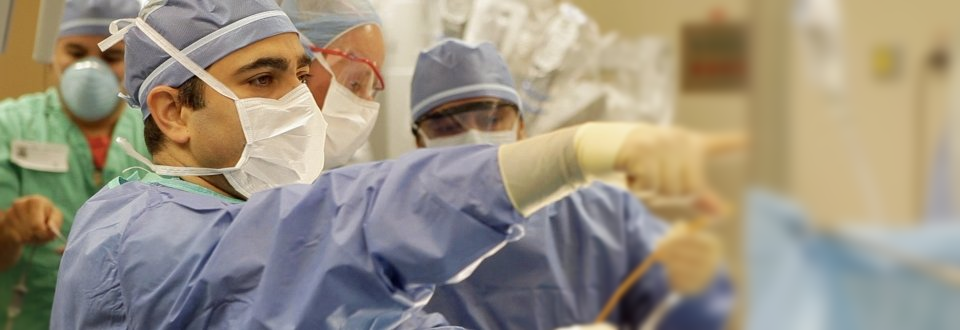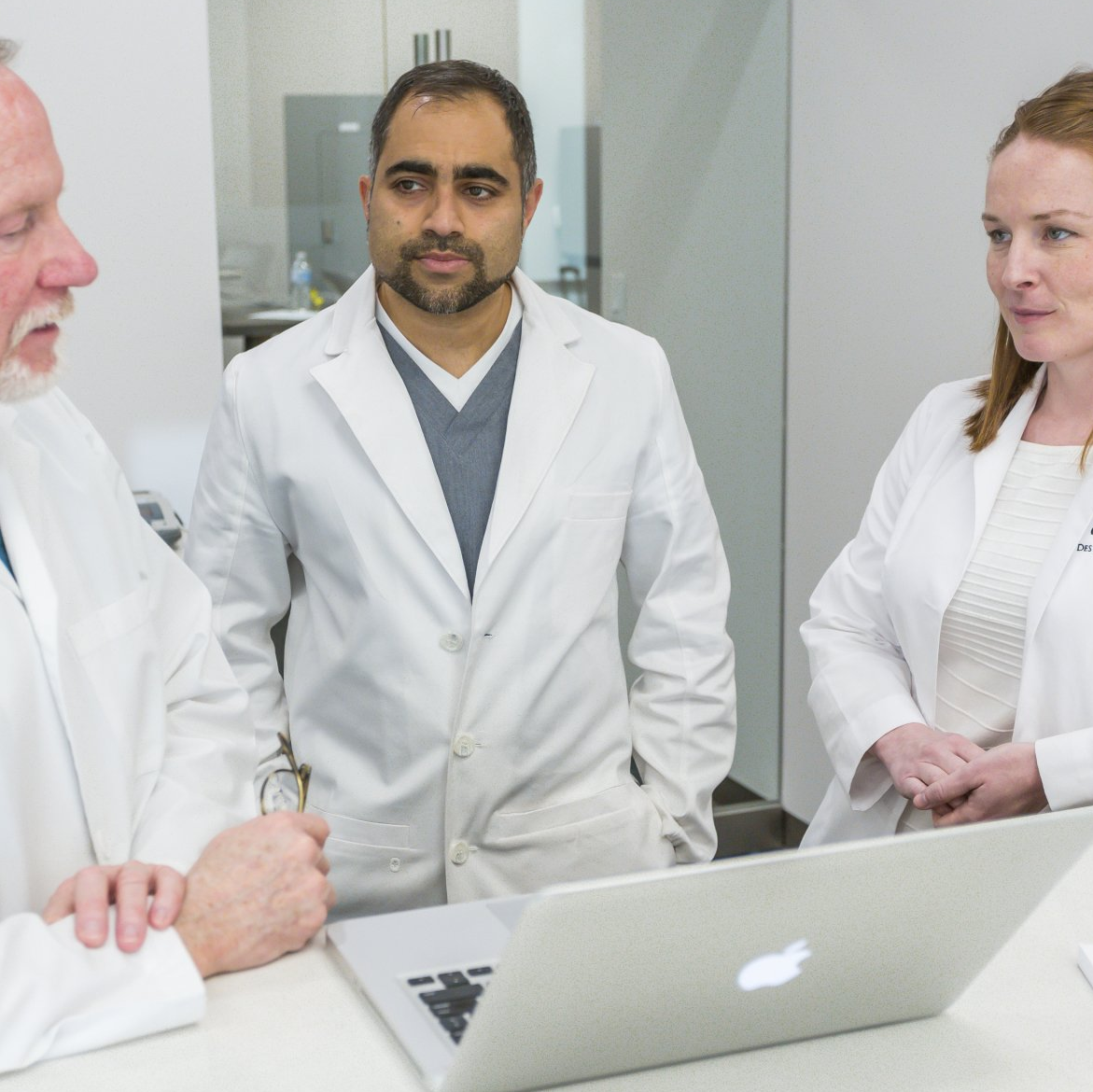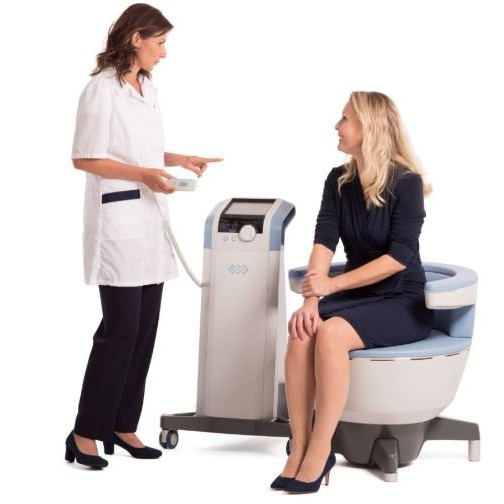ROBOTIC PROSTATECTOMY
Naveen Kella M.D. Fellowship Trained, Nationally Recognized Leader in Robotic Prostate Surgery
Why Choose your Robotic Prostatectomy with Dr. Naveen Kella?
Why Choose your Robotic Prostatectomy with
Dr. Naveen Kella?
Experienced.One of the Nation's Most Experienced Robotic Prostate Surgeons
Experienced.
One of the Nation's Most Experienced Robotic Prostate Surgeons
Consistent.Uses the same team and first assistant since 2004
Consistent.
Uses the same team and first assistant since 2004
State of the Art.Uses technologies to improve sexual function and continence outcomes
State of the Art.
Uses technologies to improve sexual function and continence outcomes
Respected.Video "how-to step-by-step" on YouTube with over 220,000 views
Respected.
Video "how-to step-by-step" on YouTube with over 220,000 views
Check Out Our Recent RALP Patient Testimonial
Why choose The Urology Place for your Prostate Surgery?
Patient Testimonial (English and Spanish)
Dr. Kella explains the surgery and recovery procedure for Robotic Prostatectomy
If you have been diagnosed with prostate cancer, you may have heard about robotic prostate surgery, or robotic prostatectomy. Many patients initially feel overwhelmed with a prostate cancer diagnosis. At The Urology Place, we specialize in the treatment of prostate cancer and work with our patients to help them make informed, appropriate decisions for their particular case. After treating thousands of prostate cancer patients, we have become known for our prostate cancer outcomes. Dr. Naveen Kella performs 100% of the robotic prostatectomies at The Urology Place. Dr. Kella and his expert surgical team have been working together for over 10 years, making it one of the most specialized teams in the nation for prostate cancer removal. We employ specialized procedures to avoid heat from cautery and minimize tension, two key factors in recovery. Patients across the world have seen Dr Kella's team for their expertise.
Patient Testimonial
Full Robotic Surgery, over 220,000 views
Dr. Kella featured on The Resident
Why is Dr. Kella one of the most Experienced Robotic Prostate Surgeons in South Texas?

- Fellowship trained at Baylor College of Medicine in Robotic Oncology
- Performed first robotic prostatectomy in South Texas
- Performed first robotic cystectomy in Texas
- One of the most experienced robotic prostate surgeons in the country
- Has trained over 100 surgeons to perform robotic surgery
- Regularly performs robotic prostatectomy
- Adjunct Assistant Professor for UT Health Science Center
- Less than 1% blood transfusion rate
- 85% of patients go home the next day
- 82% of patients do not complain of urinary leakage at 3 months follow up. Dr Kella participated in a multisite study looking at urinary continence. One of the secondary analysis looked at surgeon's continence rates.
- Bilateral nerve sparing patients typically have returning erectile function by 3 months or sooner
- DaVinci Xi surgical platform- the latest system. Dr Kella believes the vision, movement and energy-delivery systems are better with the Xi
- Airseal technology. This machine provides gas to keep the belly space open and can make surgeries faster. With his surgical technique, Dr Kella is able to set the Airseal at a low pressure for most of his cases. As a result, your bowels "wake up" quickly (lower ileus rate). Over the past 2 years, 90% of his patients go home the following day.
- Nerve monitoring technology in select cases to help with nerve sparing. Dr Kella is a pioneer with Propep. He was the first surgeon to start using ProPep after the founder developed the system.
- Dehydrated human amnion chorion membrane to help speed tissue healing around the neurovascular bundles.
- Preoperative preparation
- Onsite visit with fellowship-trained cancer dietician available
- Postoperative package with Dr Kella and staff to restore urinary and sexual function
- Telemedicine for patients coming in from a distance
- FDA approved Emsella chair for patients wanting a fast return of continence
- Low intensity shock wave therapy (Gainswave) available to enhance sexual function recovery
- Genomic testing after surgery to help stratify your risk of cancer recurrence
Coming from Out of Town?
Dr. Naveen Kella is one of the nations top prostate cancer surgeons having done over 3,000 robotic prostatectomies. With that, we have many patients who come from all over the country to see Dr. Kella. We can set up a virtual consultation for you and Dr. Kella to discuss treatment options and how to coordinate them. Pending we have all of the imaging and pathology needed, we can have you come to San Antonio just for your surgery and have you back home the next day. About a week later, you will meet with your local urologist for catheter removal.
Learn More Here








